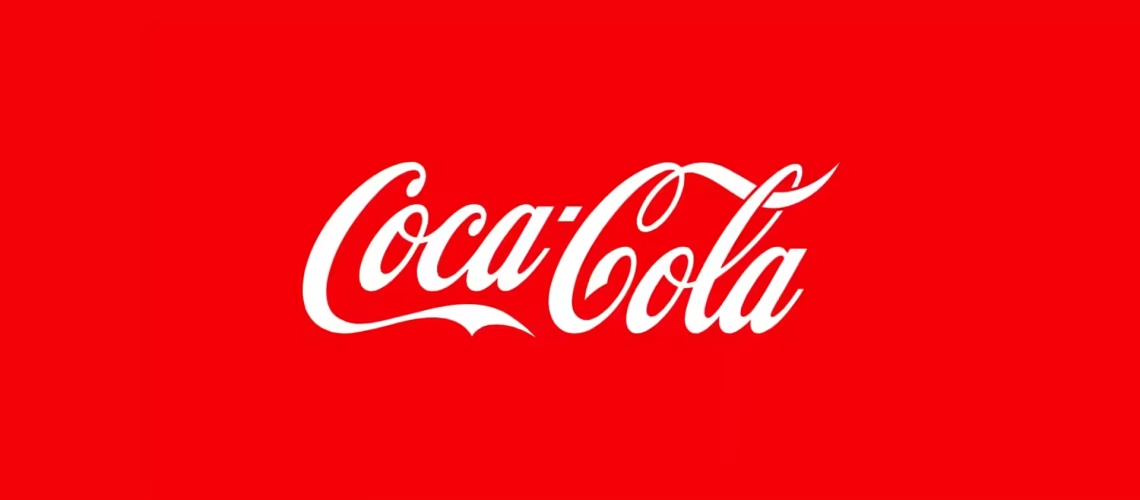
Case Study on Coca-Cola
Case Study on Coca-Cola's "Share a Coke" Campaign - A Personalized Marketing Success Story

Overview of "Share a Coke" Campaign

So, in 2011, the “Share a Coke” campaign of Coca-Cola hit Australian shores and then went on a roll to be launched all over the world. The idea was something quite simple yet powerful—replacing the iconic Coca-Cola logo on bottles with popular names—encouraging people to “share a Coke” with friends and family. In the campaign, personalization was played at, something which resonates deep within the psyche of consumers in today’s marketplace.
The core objective of the campaign was to:
- Improve engagement with the brand, especially among young consumers.
- Revive sales of its key markets where consumption of carbonated soft drinks was declining.
- Foster emotional connections between the brand and its audience.
Campaign Execution

1.Personalization: Coca-Cola removed the regular logo from 20-ounce bottles and placed 150 of the most popular names in each region. You might have found a bottle saying “Emma,” “Michael,” or even “Sarah.” In several countries, this list had hundreds of names; people had a pretty good chance of finding their name or at least that of an acquaintance.
2. Emotional Connection: By putting individual names on the bottles, Coca-Cola tapped into ideas about self and building relationships. People felt very close to the brand, and sharing a Coke became a way to celebrate friendships, family ties, and special moments. 3. Social Media and User-Generated Content: Coca-Cola asked its consumers to share their experiences of the campaign on social media. Hashtags like #ShareaCoke went trending on several sites, including Instagram, Facebook, and Twitter, with millions of users uploading photos of personalized Coke bottles. This user-generated content gave the campaign viral momentum and extended reach without any additional cost of marketing.
4. Customization and Extension: Following the huge success of the original, Coca-Cola kept finding ways to extend the campaign into a host of different directions. In some markets, kiosks allowed customers to personalize Coke cans or bottles with names that weren’t part of the original 150. The campaign was also extended onto other lines like Diet Coke and Coke Zero, adding popular nicknames and phrases such as “Bestie” or “Family.”
Key Data Points and Results

The “Share a Coke” campaign wasn’t some trivial fun marketing stunt; this thing produced some pretty stellar business results. Here are some key metrics that show its impact:
1.Increased Sales: In its first summer in Australia, Coca-Cola saw a 7% gain in consumption for young adults with an overall sales lift of 3%. These numbers mirrored the success of the campaign in countries that followed.
2.Brand Engagement: There were over 500,000 photos shared online using the #ShareaCoke hashtag in the first few months of the campaign. The Coca-Cola Facebook page added 25 million new fans during the global run of the campaign.
3.Market Penetration: The campaign helped Coca-Cola recapture a trend of younger audiences. By personalizing the branding, the brand became more relatable to Millennials and Generation Z, which were gradually shifting away from the category of carbonated drinks.
4.Consumer Involvement: Over 150 million special bottles were distributed in various markets. The campaign in the UK alone produced more than 1,000 unique names printed on bottles, and customization kiosks at major events allowed even more personal engagement.
5.Global Reach: After its Australia-based success, the campaign flowed into more than 80 countries, regionally known by a different name and in different languages. Coca-Cola has taken the campaign further for different cultures by adding the names in various scripts—like Arabic and Chinese—and also considering the regional naming trend.
Reasons for Success
Several key factors that can be held responsible for the success of the “Share a Coke” campaign include:
Personalization: In an age where consumers increasingly expect experiences to be tailored for them, the “Share a Coke” campaign nailed personalization. This really simple switch—putting names on bottles instead of a brand logo—made Coca-Cola feel personal to each customer.
Emotional Connect: The campaign connected with human feelings shared by one and all. The act of sharing represents a social connective behavior; Coca-Cola just used this feeling to create an emotional bridge between them and their customers.
Social Media Integration: The company made no money in the process but also left no stone unturned in promoting the campaign on social media. With user-generated content, viral hashtags, and easily shareable photos, the campaign seeded quite organically.
- Simplicity: The sheer brilliance of the “Share a Coke” campaign was fairly minimal: putting names on bottles was nothing particularly difficult. Nevertheless, the execution was faultless, and due to its simplicity, it could be taken worldwide.
Lessons Learnt
1.It’s a matter of personalization: Brands will be more capable in their emotional engagement-motivated personalization. Coca-Cola was able to identify how a small tweak in product packaging can make all the difference in consumer sentiment.
2.Leverage Social Media: In this light, the success of the “Share a Coke” campaign lends weight to the argument that including social media in these campaigns provides a great method to reinforce brand messaging. Encouraging user-generated content helps spread brand messaging far beyond traditional advertising.
3.Simplicity sells: Sometimes, some of the most successful campaigns are the most simple. Coca-Cola’s idea of putting names on bottles was easy to understand, fun to participate in, and had universal appeal.
4.Local Markets: On a global scale, the success of the campaign is also because it has adapted so well to local markets. By using native names, languages, and customs, Coca-Cola ensured that the ad would feel relevant wherever it launched.






